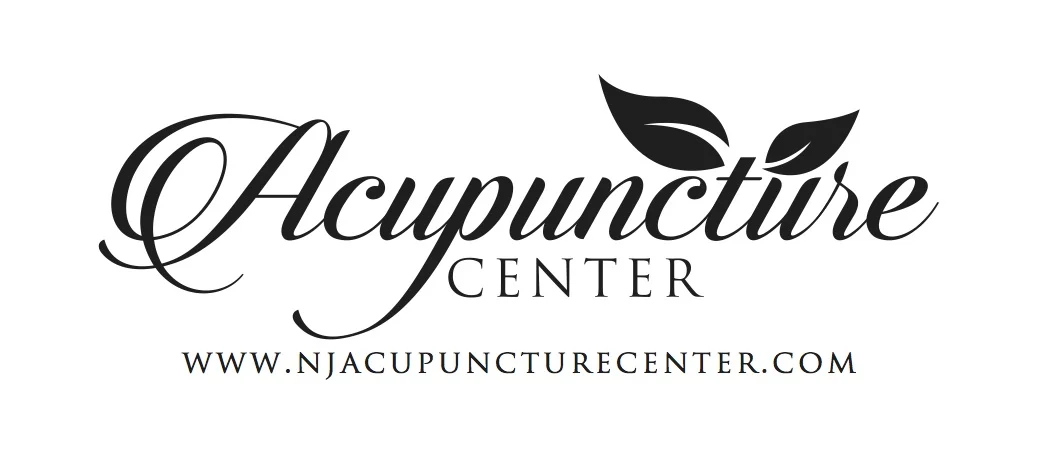Acu Students Training With Virtual Reality
/Virtual reality used to be something you’d see only in sci-fi movies. But now, virtual reality is becoming more and more popular, being used in everything from gaming to marketing to entertainment. And in fact, one of the most effective and popular uses thus far for virtual reality is with training, particularly in the medical field. And if the U.S. follows the lead from China, acupuncturists-in-training may soon be putting on those headsets themselves.
BodyMap is a virtual reality system developed here in the US that is being used at China’s top medicine university to teach students acupuncture. The program is sort of like a Google Maps for the body, showing 3D images of a human body and specifically in the acupuncture training, the different acupoints on the body. The major “qi” pathways, where the energy flows through our body, are illustrated as well, letting students more easily learn exactly where on the body they will need to treat once they become practicing acupuncturists.
Generally, training is done on 2D images or by using real people as models, but that carries both increased costs and potential risks. The software is used for other medical training purposes as well, such as brain surgery.
“There’s a very high level of requirement for precision in acupuncture teaching,” says Cheng Kai, a professor. “For example, there’s an acupoint called jinming, which is situated very near the optic nerve. Needling this acupoint carries a certain danger [if the practitioner does not grasp the precise depth and angle for the insertion of the needle].”
The founder of BodyMap, Sam Jang, says he was inspired to create the virtual reality tool for medical purposes after he received acupuncture treatment that helped cure his chronic pain.
“I met a Chinese medicine practitioner who cured my condition with acupuncture in just over a week,” Jang said. “So I was amazed by acupuncture’s efficacy and started studying it. We are the first company in the world to combine VR and acupuncture training.”
So if your medical professional of the future has been trained in VR, you have acupuncture to thank!



